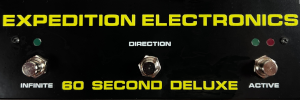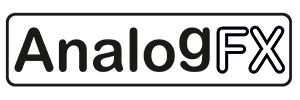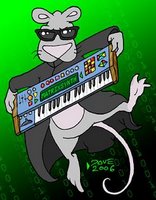Tuesday, March 15, 2016
Roland Juno-60 - sound design tutorial - Vangelis Spiral
Published on Mar 15, 2016 RetroSound
"(c) 2016 vintage synthesizer sound tutorial by RetroSound
In the original track from the year 1977 is the sequence made with the Roland System-100 and the external sequencer.
In this sound tutorial here made with the Roland Juno-60 and the internal arpeggiator.
very important is the PWM of the DCO."
E-MU SP1200 VINTAGE SEQUENCER SAMPLER DRUM MACHINE SN 019704437
Note: links to listings are affiliate links for which the site may be compensated.
via this auction
Description pulled from wikipedia:
 "The SP-1200 can store up to 100 patterns, 100 songs, and has a 5,000-note maximum memory for drum sequences. It also has a mono mix output and eight individual outputs, MIDI in/out/through, SMPTE sync, and a metronome output. There is one button that allows you to select between banks A, B, C, and D, which gives the user easy access to each of the 32 sounds. The front panel contains several LED lights, buttons, and eight volume and pitch faders for each sound in the selected bank. Below each fader is a large button to initialize the sound, or select the sound for editing, and a switch to turn the trigger's velocity sensitivity off or on. The sequencer works in the familiar pattern-style of placing short consecutive sections of samples into a song. The user can easily add swing quantization and tempo changes. The sequencer can sync the tempo to SMPTE, MIDI, or analog clock pulses and is also capable of synchronizing the tempo to a tapping finger with the tap-tempo button.
"The SP-1200 can store up to 100 patterns, 100 songs, and has a 5,000-note maximum memory for drum sequences. It also has a mono mix output and eight individual outputs, MIDI in/out/through, SMPTE sync, and a metronome output. There is one button that allows you to select between banks A, B, C, and D, which gives the user easy access to each of the 32 sounds. The front panel contains several LED lights, buttons, and eight volume and pitch faders for each sound in the selected bank. Below each fader is a large button to initialize the sound, or select the sound for editing, and a switch to turn the trigger's velocity sensitivity off or on. The sequencer works in the familiar pattern-style of placing short consecutive sections of samples into a song. The user can easily add swing quantization and tempo changes. The sequencer can sync the tempo to SMPTE, MIDI, or analog clock pulses and is also capable of synchronizing the tempo to a tapping finger with the tap-tempo button.
Unlike the SP12, the SP-1200 does not contain ROM-based samples; all samples are stored in volatile RAM and loaded from floppy disk. The AD/DA converters remain 12 bit, as 16 bit converters were still expensive and found only on high-end gear, such as the contemporary E-Mu Emulator 3 (EIII), which had a list price of over $15,000 USD. Maximum sampling time was doubled from the upgraded SP-12 Turbo, to over 10 seconds, but the maximum single sample was 2.5 seconds. The sample rate was reduced slightly also (from 27.5 kHz to 26.04 kHz) to maximize memory usage. The SP-1200 retains all of the I/O capabilities from the SP12, minus the cassette output and floppy disk I/O"
via this auction
Description pulled from wikipedia:
 "The SP-1200 can store up to 100 patterns, 100 songs, and has a 5,000-note maximum memory for drum sequences. It also has a mono mix output and eight individual outputs, MIDI in/out/through, SMPTE sync, and a metronome output. There is one button that allows you to select between banks A, B, C, and D, which gives the user easy access to each of the 32 sounds. The front panel contains several LED lights, buttons, and eight volume and pitch faders for each sound in the selected bank. Below each fader is a large button to initialize the sound, or select the sound for editing, and a switch to turn the trigger's velocity sensitivity off or on. The sequencer works in the familiar pattern-style of placing short consecutive sections of samples into a song. The user can easily add swing quantization and tempo changes. The sequencer can sync the tempo to SMPTE, MIDI, or analog clock pulses and is also capable of synchronizing the tempo to a tapping finger with the tap-tempo button.
"The SP-1200 can store up to 100 patterns, 100 songs, and has a 5,000-note maximum memory for drum sequences. It also has a mono mix output and eight individual outputs, MIDI in/out/through, SMPTE sync, and a metronome output. There is one button that allows you to select between banks A, B, C, and D, which gives the user easy access to each of the 32 sounds. The front panel contains several LED lights, buttons, and eight volume and pitch faders for each sound in the selected bank. Below each fader is a large button to initialize the sound, or select the sound for editing, and a switch to turn the trigger's velocity sensitivity off or on. The sequencer works in the familiar pattern-style of placing short consecutive sections of samples into a song. The user can easily add swing quantization and tempo changes. The sequencer can sync the tempo to SMPTE, MIDI, or analog clock pulses and is also capable of synchronizing the tempo to a tapping finger with the tap-tempo button. Unlike the SP12, the SP-1200 does not contain ROM-based samples; all samples are stored in volatile RAM and loaded from floppy disk. The AD/DA converters remain 12 bit, as 16 bit converters were still expensive and found only on high-end gear, such as the contemporary E-Mu Emulator 3 (EIII), which had a list price of over $15,000 USD. Maximum sampling time was doubled from the upgraded SP-12 Turbo, to over 10 seconds, but the maximum single sample was 2.5 seconds. The sample rate was reduced slightly also (from 27.5 kHz to 26.04 kHz) to maximize memory usage. The SP-1200 retains all of the I/O capabilities from the SP12, minus the cassette output and floppy disk I/O"
Vintage ROLAND JUPITER 8 Synthesizer SN 110782
OBERHEIM OB-8 VINTAGE ANALOG SYNTHESIZER SN C33334
MOOG PRODIGY MODEL 336A SN 7068
Electronic Dream Plant (EDP) Gnat Special Synthesizer
Note: links to listings are affiliate links for which the site may be compensated.
via this auction
"Gnat Special made by Wasp Synthesizers Oxford who acquired the license from EDP.....Cosmetics are excellent as is shown in the pics, the underside has four small holes which I assume were for some kind of mount as they are too small for mods.Its a great little synth, with a wide tonal range that belies its simple layout...good looking and quite rare."
via this auction
"Gnat Special made by Wasp Synthesizers Oxford who acquired the license from EDP.....Cosmetics are excellent as is shown in the pics, the underside has four small holes which I assume were for some kind of mount as they are too small for mods.Its a great little synth, with a wide tonal range that belies its simple layout...good looking and quite rare."
Ensoniq Fizmo
Note: links to listings are affiliate links for which the site may be compensated.
via this auction
"It works perfectly and the voltage regulator mod has been done..."
via this auction
"It works perfectly and the voltage regulator mod has been done..."
E-MU SP12 SN 2330
Note: links to listings are affiliate links for which the site may be compensated.
via this auction
 "This unit has been completely serviced and calibrated, it works perfectly and is studio-ready! I am offering very reasonable Worldwide shipping if purchased with Buy it Now! Used by a 'who's who' list of producers, artists, DJs, etc., there is NO substitute for the original SP-12. It has some slight patina, but is guaranteed to work perfectly!
"This unit has been completely serviced and calibrated, it works perfectly and is studio-ready! I am offering very reasonable Worldwide shipping if purchased with Buy it Now! Used by a 'who's who' list of producers, artists, DJs, etc., there is NO substitute for the original SP-12. It has some slight patina, but is guaranteed to work perfectly!
[via wikipedia]
'The E-mu SP-12 was the spiritual successor to E-mu’s 'Drumulator' and was originally going to be produced under the name Drumulator II, however shortly before the sampler went into production its name was changed to SP-12. The name SP-12 stands for sampling percussion at twelve bits, demonstrating the power of the sampler. The E-mu SP-12 is credited with helping usher in the era of digital sampling by being one of the first digital samplers in production, and allowing musicians to take digital sampling in a completely different direction...'"
via this auction
 "This unit has been completely serviced and calibrated, it works perfectly and is studio-ready! I am offering very reasonable Worldwide shipping if purchased with Buy it Now! Used by a 'who's who' list of producers, artists, DJs, etc., there is NO substitute for the original SP-12. It has some slight patina, but is guaranteed to work perfectly!
"This unit has been completely serviced and calibrated, it works perfectly and is studio-ready! I am offering very reasonable Worldwide shipping if purchased with Buy it Now! Used by a 'who's who' list of producers, artists, DJs, etc., there is NO substitute for the original SP-12. It has some slight patina, but is guaranteed to work perfectly![via wikipedia]
'The E-mu SP-12 was the spiritual successor to E-mu’s 'Drumulator' and was originally going to be produced under the name Drumulator II, however shortly before the sampler went into production its name was changed to SP-12. The name SP-12 stands for sampling percussion at twelve bits, demonstrating the power of the sampler. The E-mu SP-12 is credited with helping usher in the era of digital sampling by being one of the first digital samplers in production, and allowing musicians to take digital sampling in a completely different direction...'"
FieldScaper 1.4 To Include Looper Mode
iTunes: FieldScaper or bundled with SouncScaper.
via Motion Soundscape:
"New version FieldScaper 1.4 will have new advanced looper mode for convenient use this application in real-time sound mangling.
FieldScaper - an advanced field recorder combined with a sound warp engine and a collection of ready to use dynamic presets for iPad and iPhone. Discover new ways to create and construct unusual and exciting sounds from any environmental audio recordings or samples recorded from other apps through Inter-App audio or Audiobus.
The 'Looper' mode changes the user interface to more convenient use of application in real-time and processing external sources. Use the button 'Looper' on the main screen to switch on this mode. For return to the main screen use the button 'Scaper'.
In this mode you can fast switch the presets and samples for each of oscillators. For oscillator there are five assignable buttons for presets and samples. First oscillator can be fast selected for processing of any external sound sources (include IAA and AB) in one of four modes.
Please note: In the 'Looper' mode application does not create any files when processing external sources.
The four buttons are selecting the processing mode for external source.
'Effect' - In this mode the input signal will record to the loop and oscillator is playing back this loop at the same time. The speed and direction of playback can differ from recording depending on current preset.
'Overdub' - In this mode the record to the loop will be enabled when the input signal exceed specified threshold. When input signal falls below another threshold the record will be off but already recorded signal will continue playing back. The recording can be started and stopped at any time in the loop.
Tip: To shorten the time of stopping record when input signal falls below threshold you can set a lower value of 'Stop recording time' on the 'Audio input control' panel.
'Loop A' - This mode intended for auto start the record at the beginning of the loop when input signal exceed specified threshold. Next the oscillator will playing back this loop.
'Loop M' - Mode for manual start recording to the loop. The led on the 'Start' button will flashing when waiting for record start. Tap the 'Start' button to switch on the mode of waiting input signal. When input signal appears the record will start and stop at the end of loop.
When you select the 'Loop M' mode you can use input monitor when the 'Looper' waiting for start (The led marker on the button 'Start' is flashing). Set the 'Input monitor - on' mode to get source signal on the output at waiting for start. After start the input monitor will mute.
'Input' - This button opens the 'Audio input control' panel. In this panel you can set the thresholds of input signal for start and stop recording.
Above the control buttons is placed the area in which the loop record is displayed. Two moving markers point the record and playback position in the loop. Bright bars indicate when the minimum of signal is present (above -35 db). Red bars mark the optimal level of signal for processing in the scaper (above -10 db).
The five buttons below the control buttons can be assigned for selecting presets and samples.
'Assign preset' - Assign preset for one of five buttons above.
'Assign file' - Assign file for one of five buttons above.
You can assign MIDI controls for the preset and file select buttons and for looper 'Start' button. All of these controls are at the end of list which accessible on the panel 'Settings' - 'Assign'."
Serge modular pulsating patch
Published on Mar 15, 2016 Chris David
"Using the DUSG as a pulse source for the VCF."
PREVIOUS PAGE
NEXT PAGE
HOME
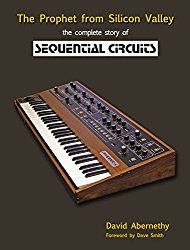
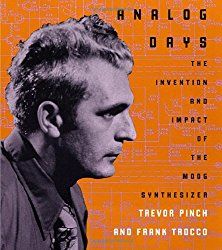
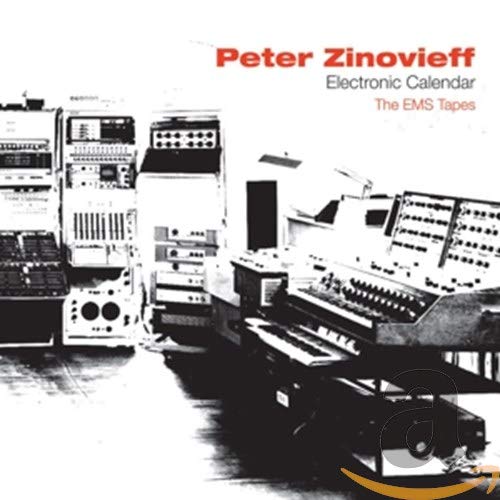
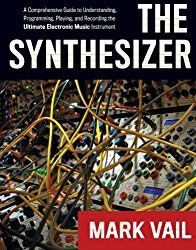

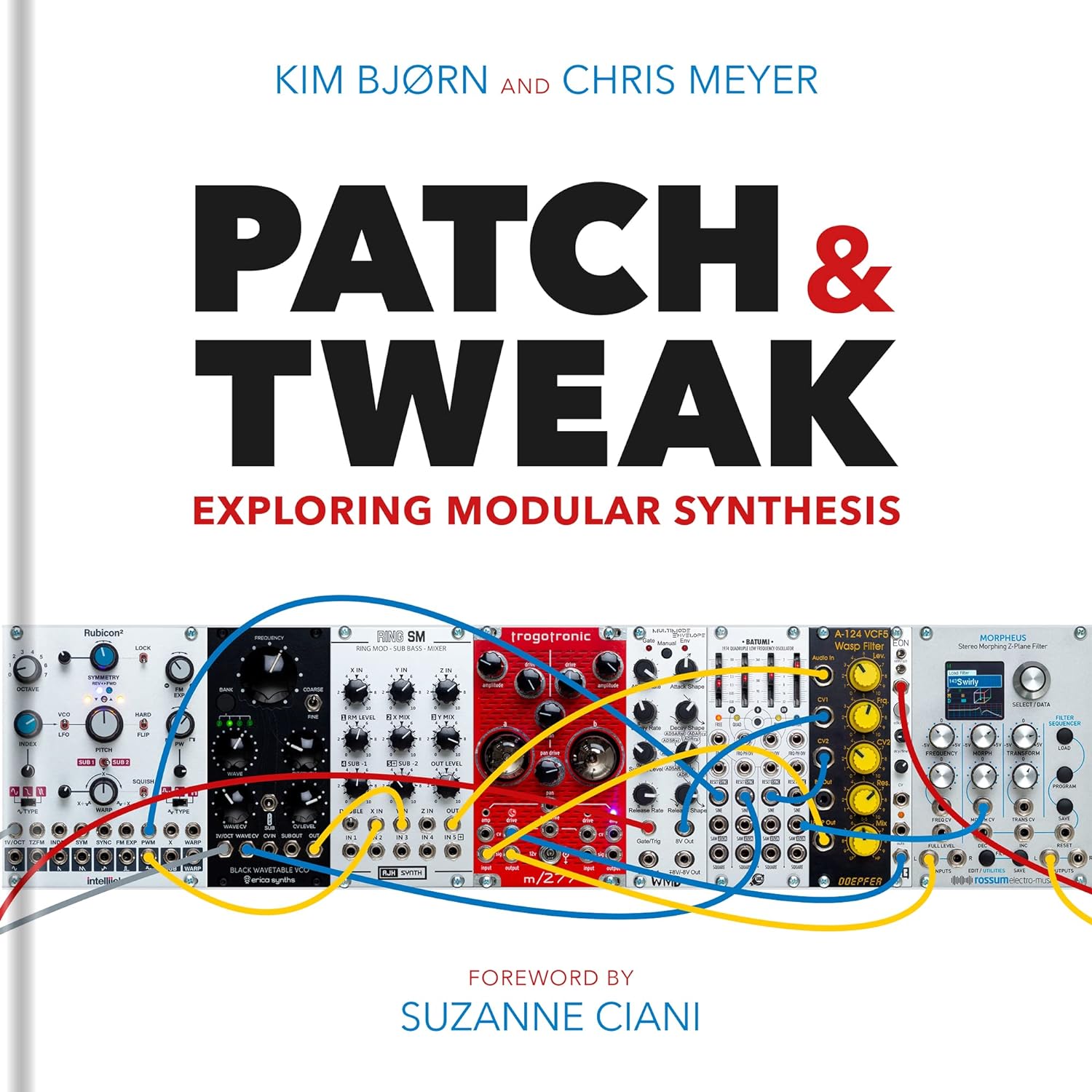
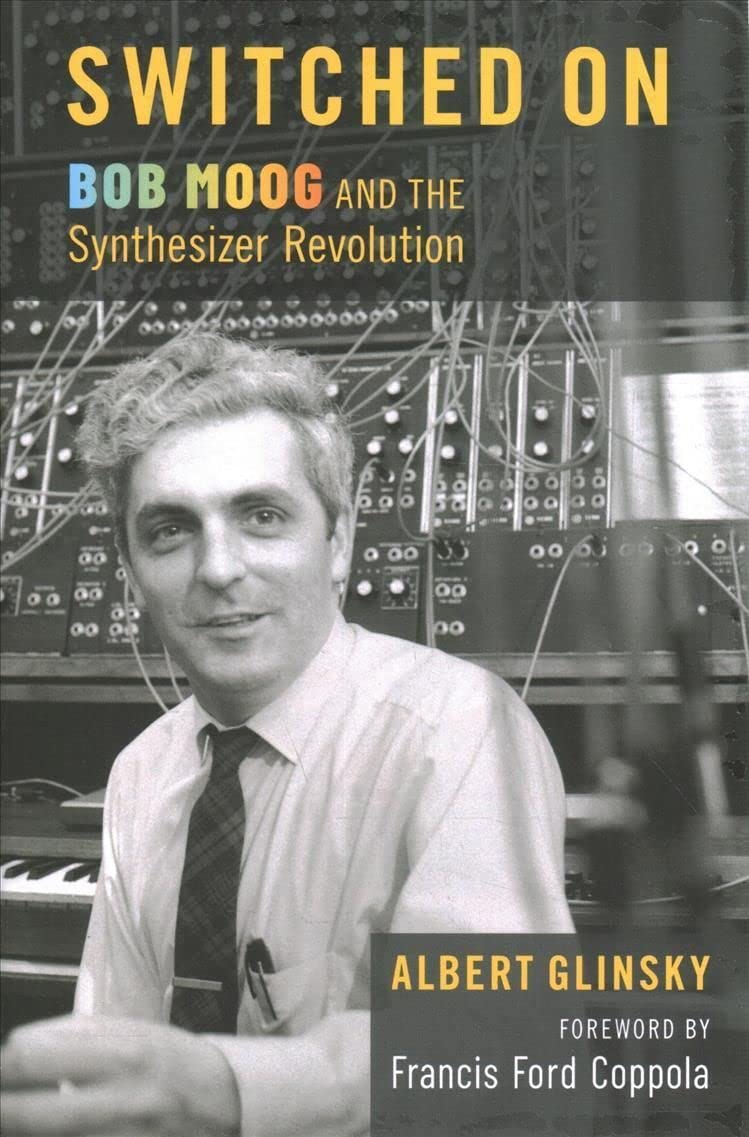
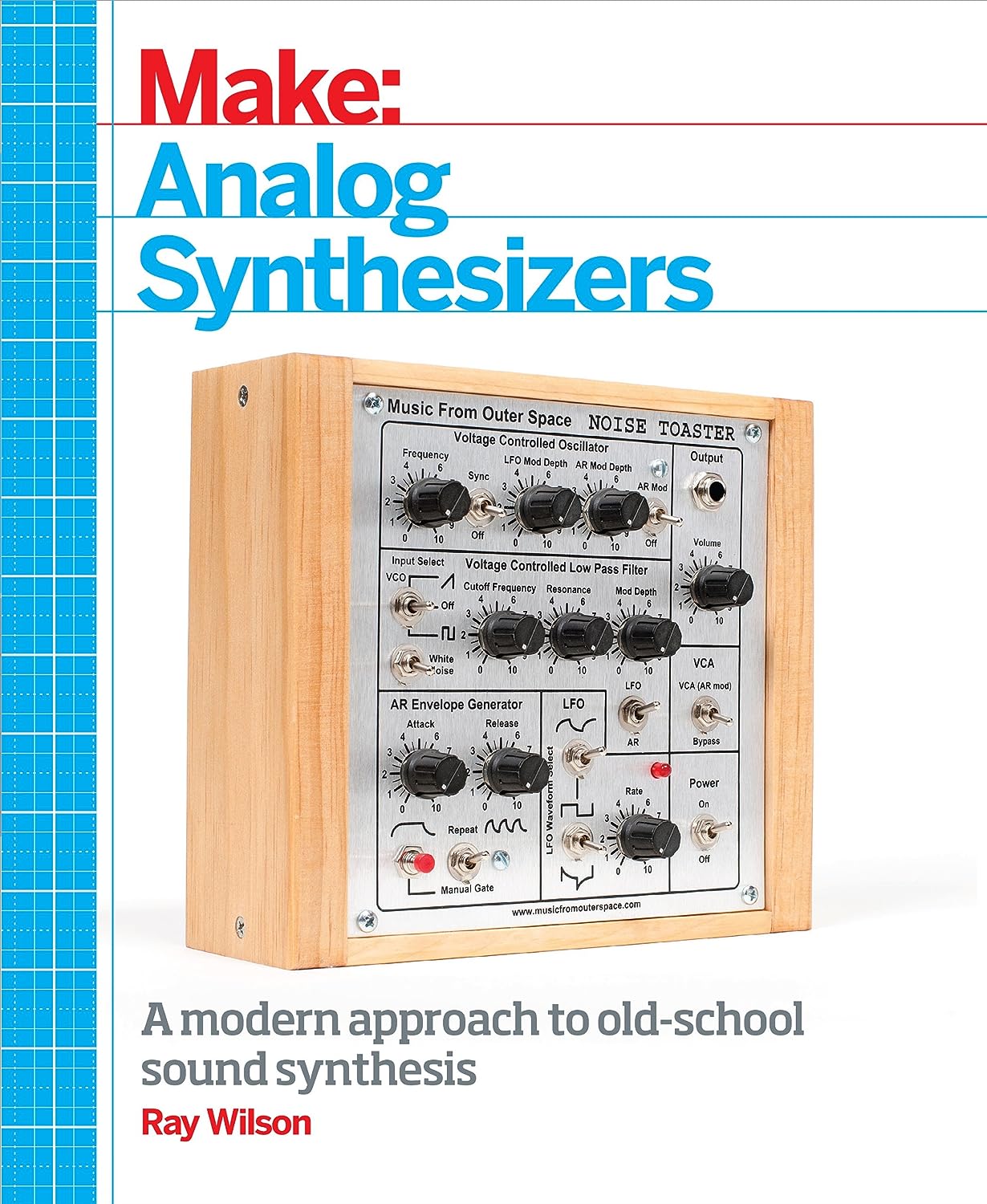
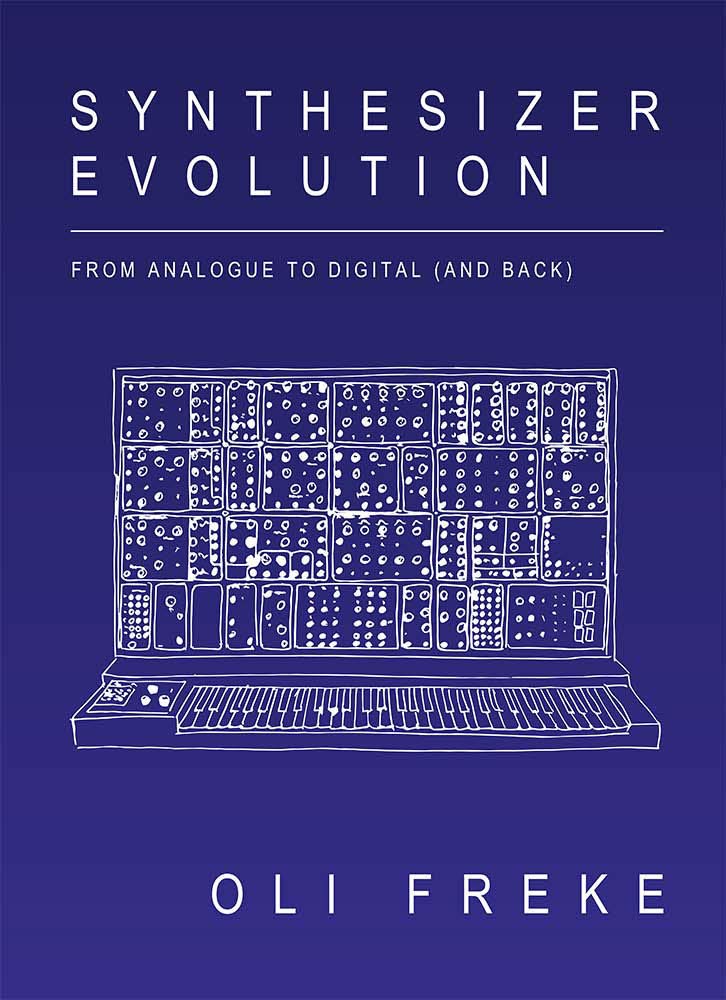

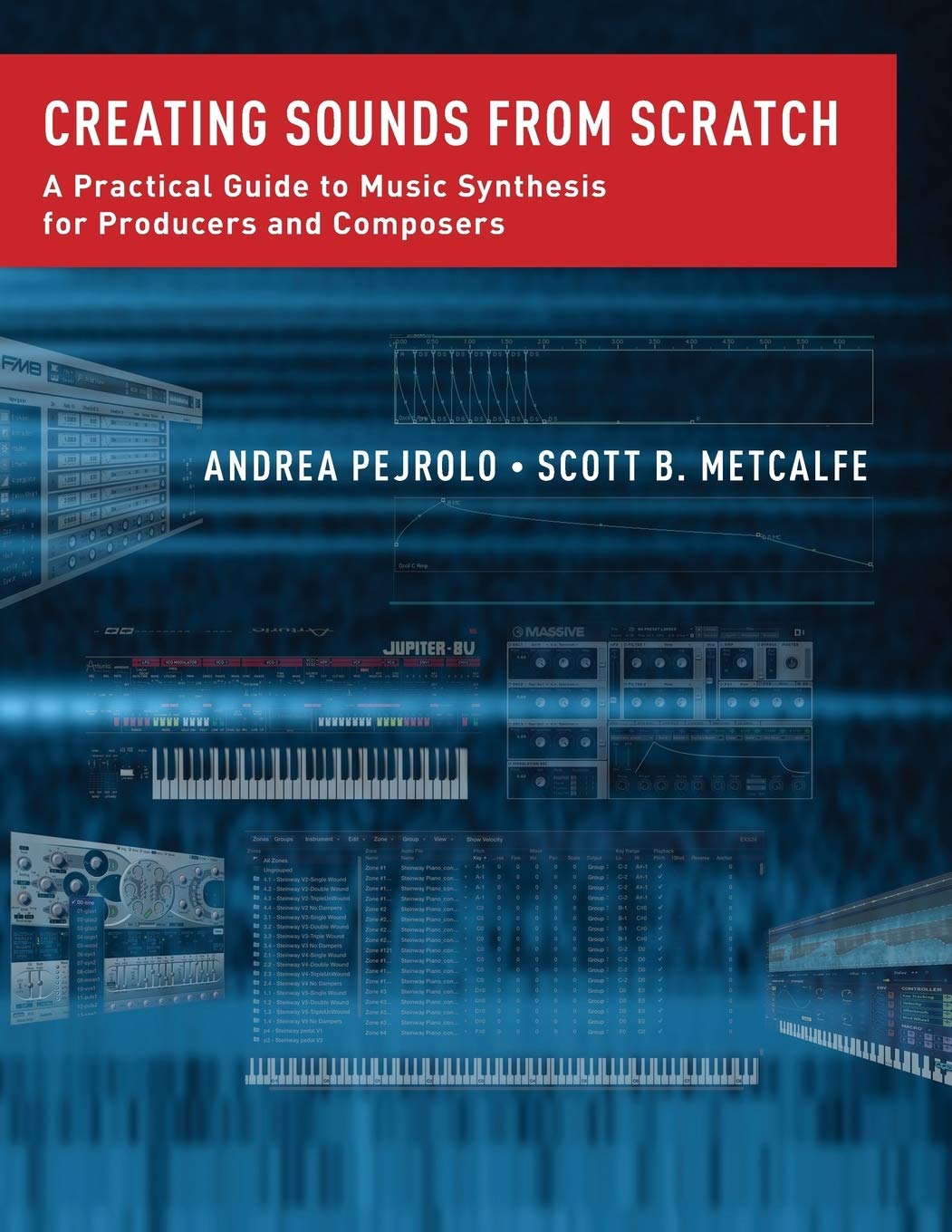


© Matrixsynth - All posts are presented here for informative, historical and educative purposes as applicable within fair use.
MATRIXSYNTH is supported by affiliate links that use cookies to track clickthroughs and sales. See the privacy policy for details.
MATRIXSYNTH - EVERYTHING SYNTH













© Matrixsynth - All posts are presented here for informative, historical and educative purposes as applicable within fair use.
MATRIXSYNTH is supported by affiliate links that use cookies to track clickthroughs and sales. See the privacy policy for details.
MATRIXSYNTH - EVERYTHING SYNTH






















